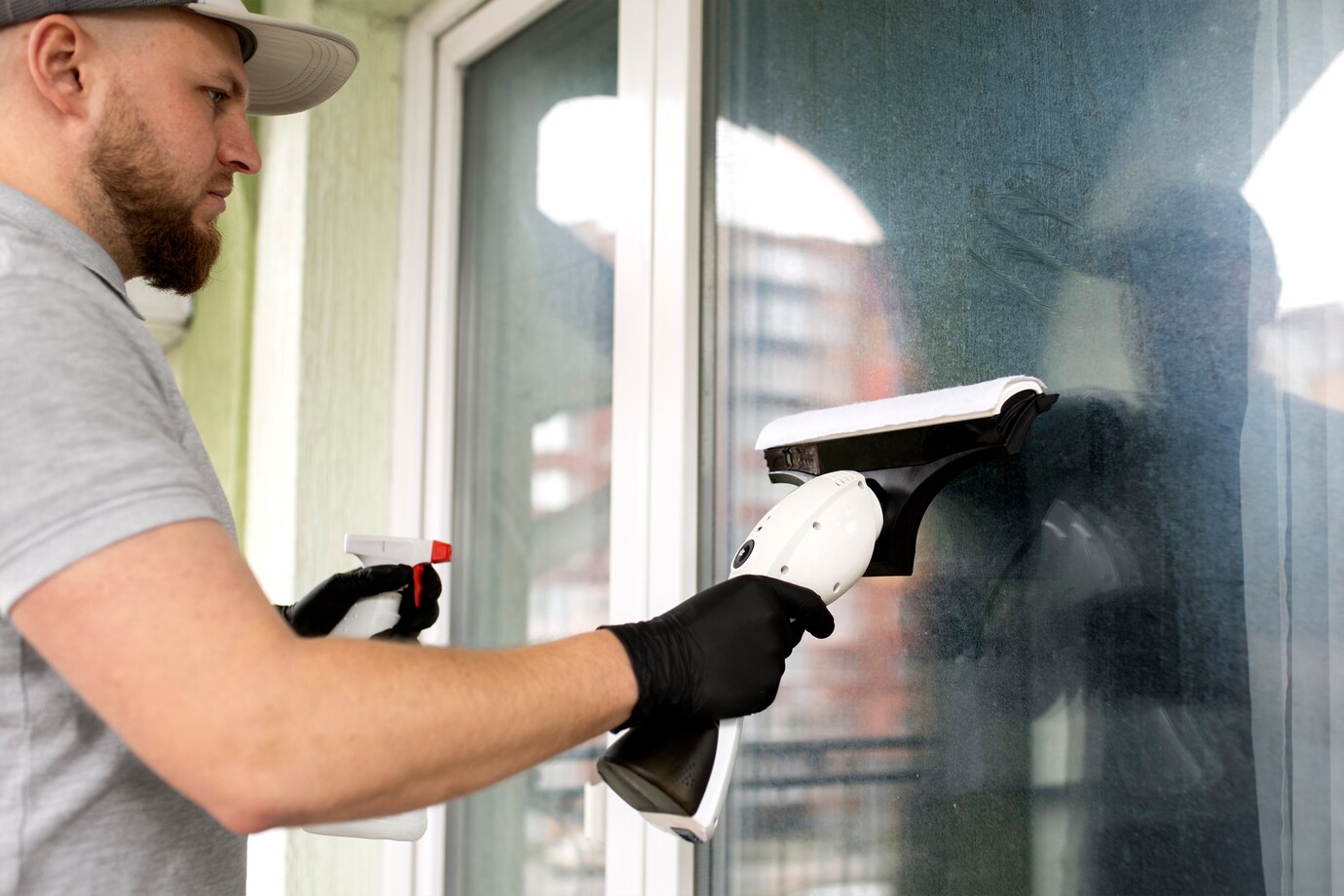Facade Specialization in Abu Dhabi
Abu Dhabi, the capital of the United Arab Emirates, is a thriving metropolis that masterfully blends tradition with modernity. As the city evolves into a major global hub for architecture, Facade Specialization in Abu Dhabi plays a crucial role in defining its skyline and enhancing the urban landscape.
The Significance of Fronts
Exterior walls are far more than just a building’s outside layer; they have several purposes. They improve energy efficiency, add to a building’s overall usefulness, and offer visual appeal and protection from the weather. Well-designed facades are crucial regarding comfort and durability, particularly in an area like Abu Dhabi, where sandstorms and extremely high temperatures are expected.
Crucial Developments in Facade Specialty
1. Green building and sustainability practices
Sustainable architecture is becoming more and more critical in Abu Dhabi as environmental issues gain prominence worldwide. The utilization of energy-effective materials and designs is encouraged by the Estefana framework, which supports sustainable building practices.
2. Technologies for Smart Facades
The way we interact with architecture is being revolutionized by the incorporation of innovative technologies into building facades. Buildings in Abu Dhabi are able to adjust to changing climatic conditions because of bright facades that are fitted with monitors and responsive materials. These innovations can improve ventilation, maximize natural light, control temperature, and more, all of which increase overall energy efficiency. Innovative shade systems that adapt to the amount of sunshine are pioneers in the field, thanks to projects like the Louvre Abu Dhabi, which guarantees the best possible comfort for its visitors.
3. Identity and Cultural Relevance
Given that the city is rich in historical significance, adding cultural details to building facades is becoming more and more critical. Abu Dhabi’s facade experts are increasingly taking cues from Islamic architecture when creating patterns, themes, and materials that are representative of the region’s culture. This theme is best illustrated by Zaha Hadid’s Sheikh Zayed Bridge, which features a contemporary take on traditional Islamic art. This fusion of modern architecture with cultural allusions contributes to the city’s distinct personality.

4. Creative Materials and Building Methods
Facade Specialization Abu Dhabi utilize the novel materials is changing the city’s facade design. Modern materials that are lighter, like polymers with fibre reinforcement and sophisticated composites, are being mixed with more conventional materials like glass and concrete. These materials improve facade performance and structural integrity in addition to their visual appeal. The Al Bahar Towers are a perfect example of how inventive materials can create practical yet beautiful designs. They are renowned for their dynamic facade, which opens and shuts in response to sunlight.
5. Prefabricated and Modular Facades
Movable and prefabricated facades are becoming more and more popular in Abu Dhabi at a time when efficiency and speed are crucial. These Facade Solutions make both increased design precision and faster building timelines possible. Developers find prefabrication to be an appealing alternative since it lowers labour and waste expenses. The potential benefits of modular facades are demonstrated by initiatives such as Galleria Al Maryah Island, which simplify the building process while providing a clean, contemporary look.
6. Integration of Biodiversity and Nature
As people become more conscious of the advantages of wildlife in urban settings, incorporating variety in facade design is gaining traction. Experts in facade design are adding features like living walls and green roofs, which boost biodiversity and improve air quality in addition to being aesthetically pleasing. This tendency is in line with Abu Dhabi’s goal of developing environmentally friendly cities that encourage a relationship with the natural world. This integration is demonstrated by the Al-Ain Oasis project, which shows how architecture and the natural world can coexist together.
7. Adaptability to Climate Difficulties
Resilience must be given top priority in facade design because of Abu Dhabi’s harsh weather. It is crucial to employ cutting-edge waterproof substances and patterns that can tolerate high temperatures and powerful winds. Architects are paying more attention to facade performance in order to make sure buildings can withstand adverse weather conditions without sacrificing occupant comfort. Building longevity is increased by this tendency, which also gradually lowers maintenance expenses.
In summary
Abu Dhabi’s facade expertise, fueled by environmental sustainability technology and cultural significance, is at the cutting edge of architectural innovation. These patterns will influence the future of the city’s skyline as it grows and changes, resulting in a tasteful fusion of modernity and history. Understanding these patterns is essential for investors, developers, and architects to stay ahead in a cutthroat market. Abu Dhabi has the potential to become the world’s benchmark in architectural excellence, establishing new benchmarks for facade design that other cities will want to match. Abu Dhabi’s architecture has a bright future ahead of it; its facades will depict a city that embraces the present while paying tribute to its history.






